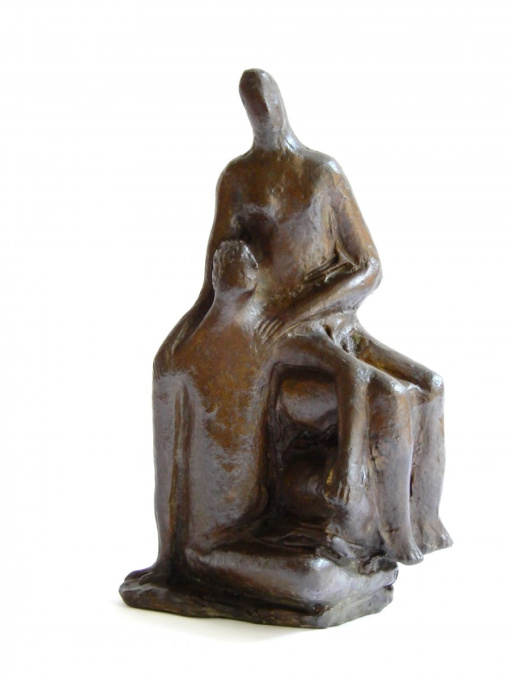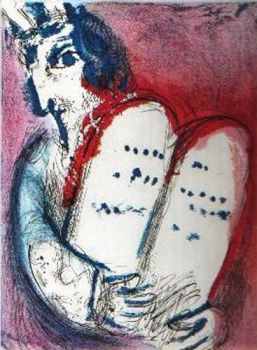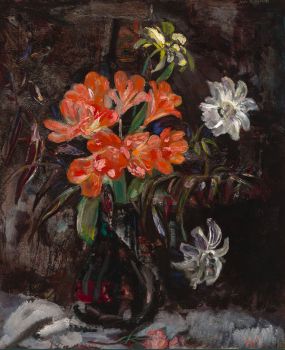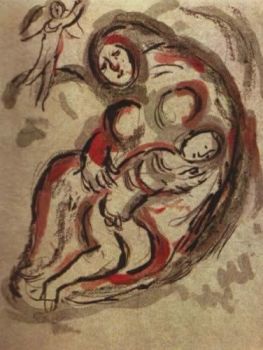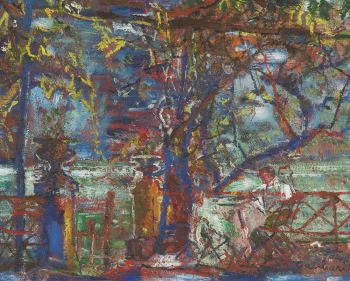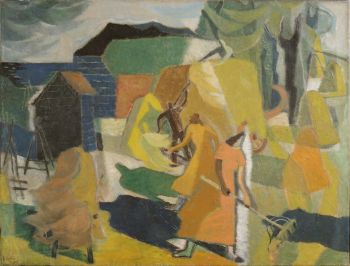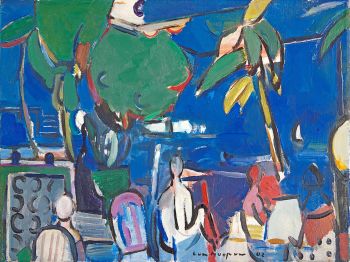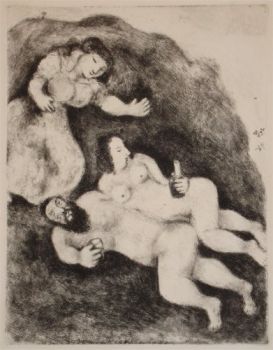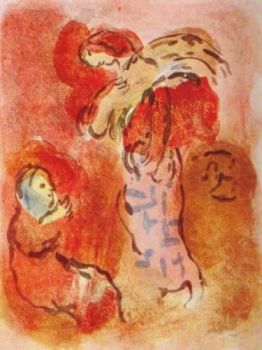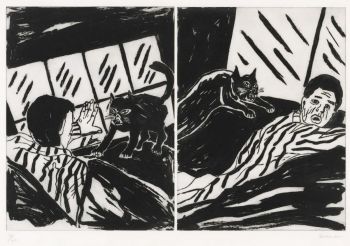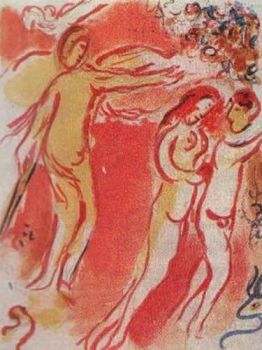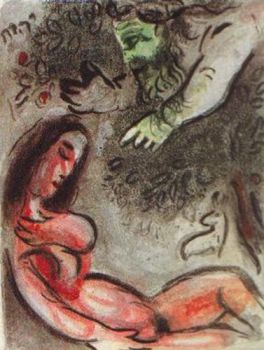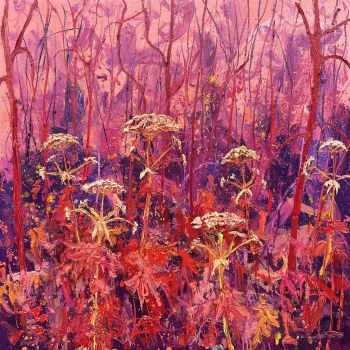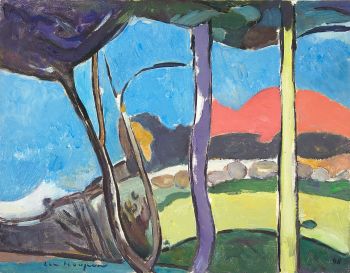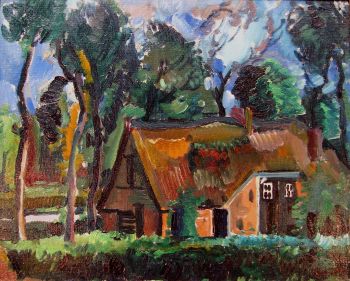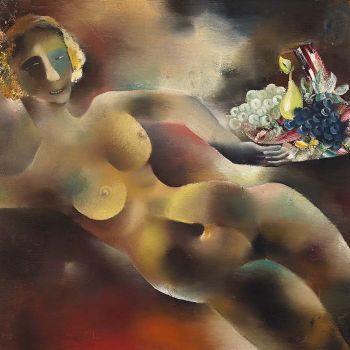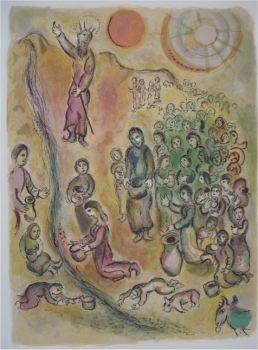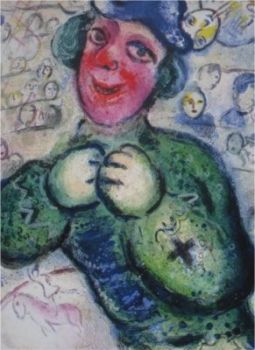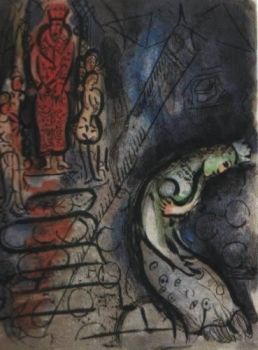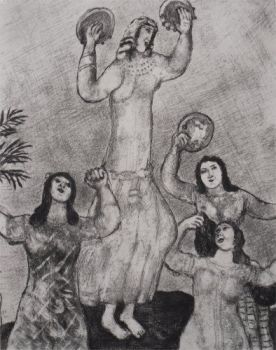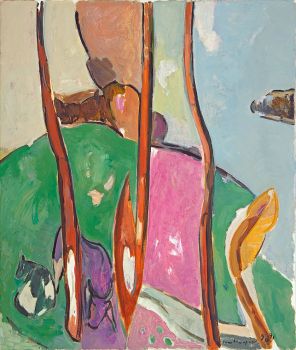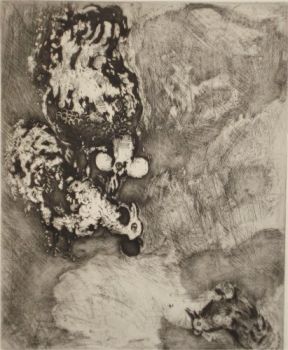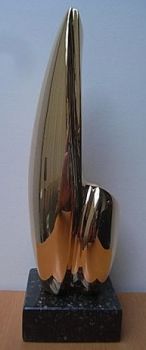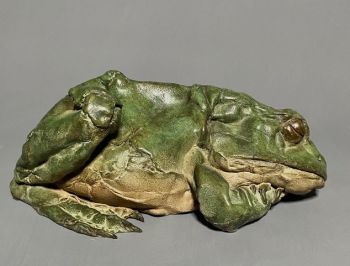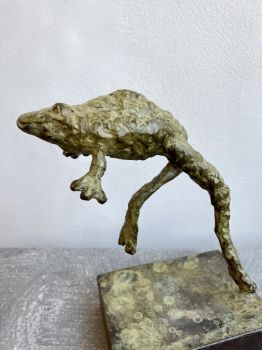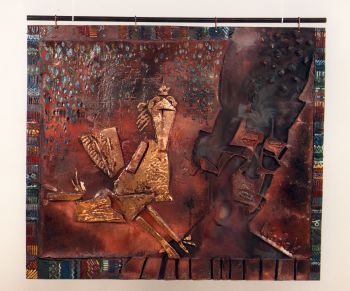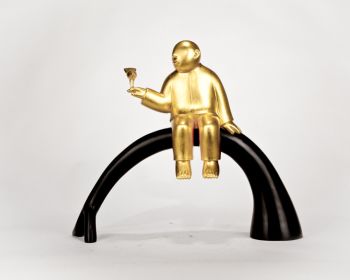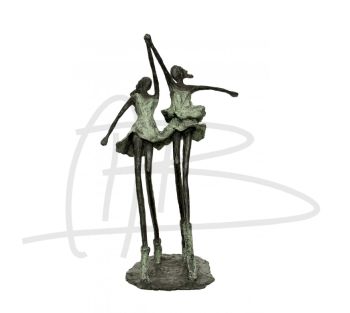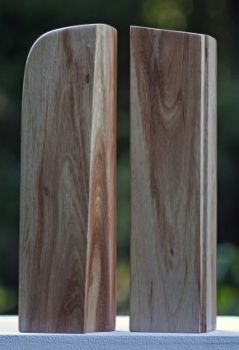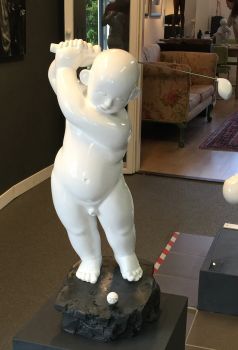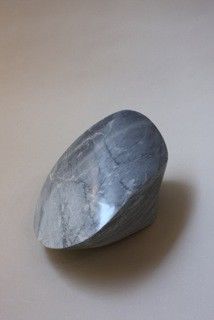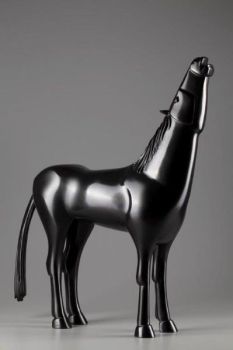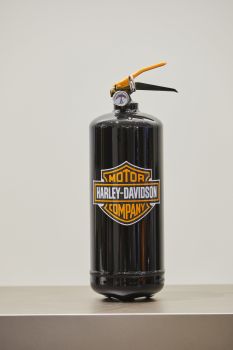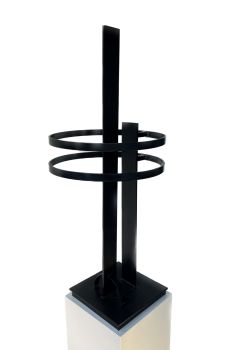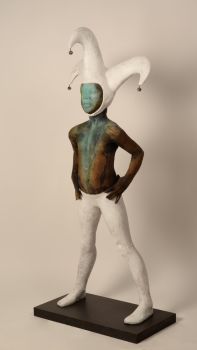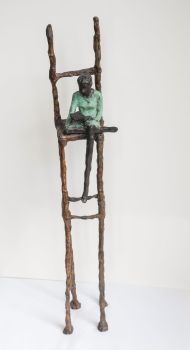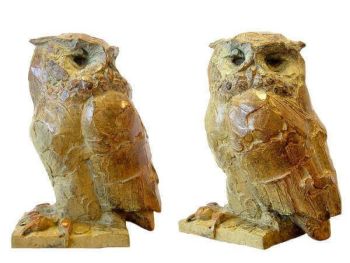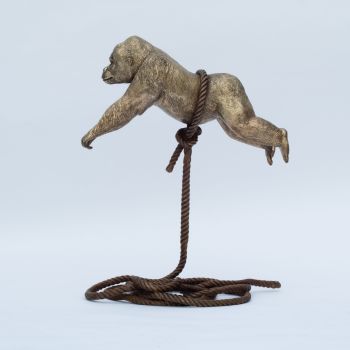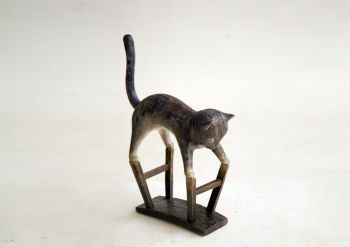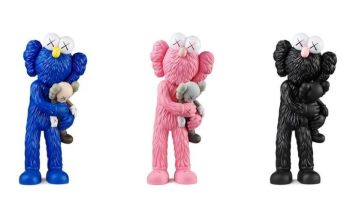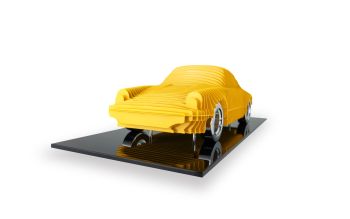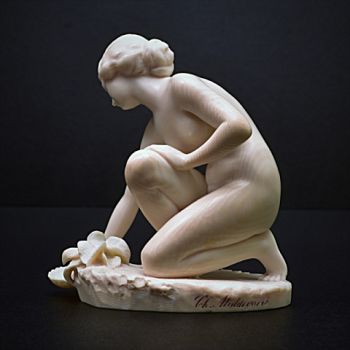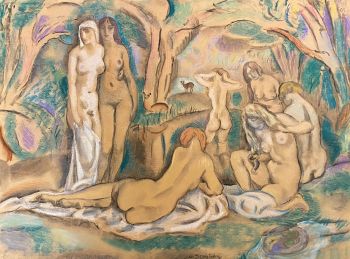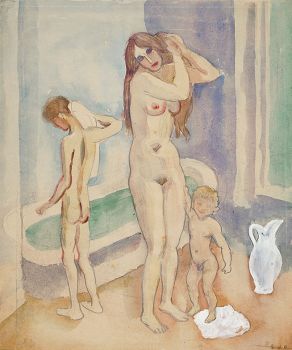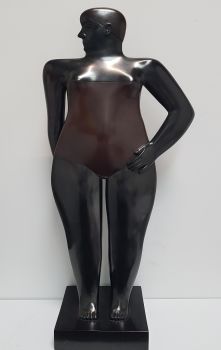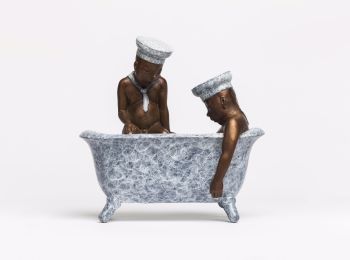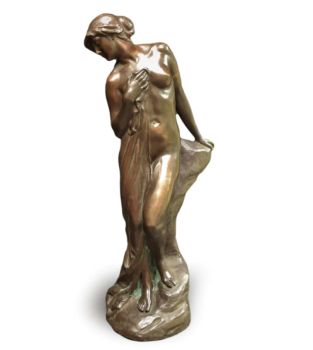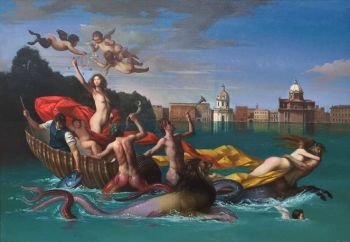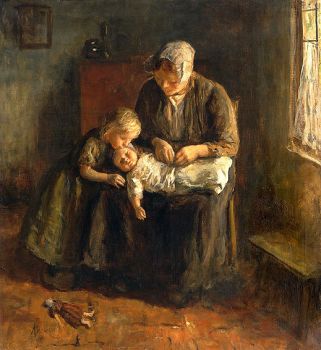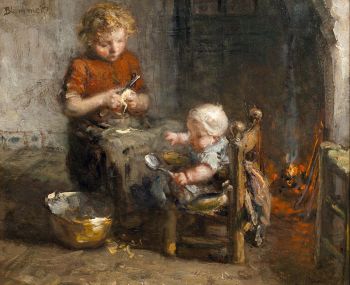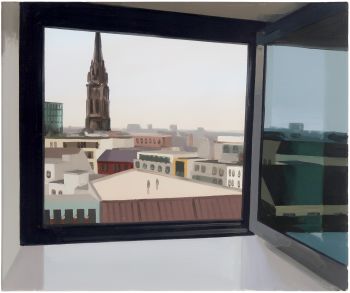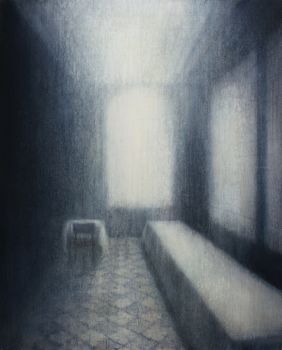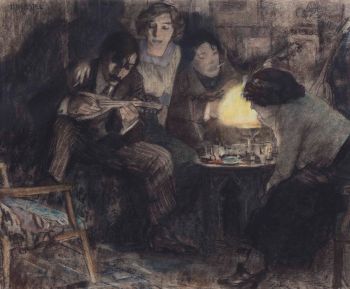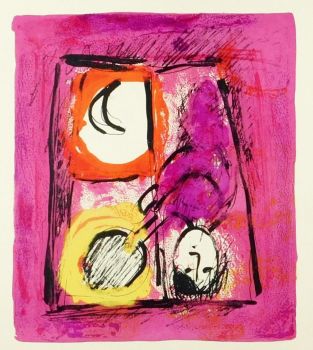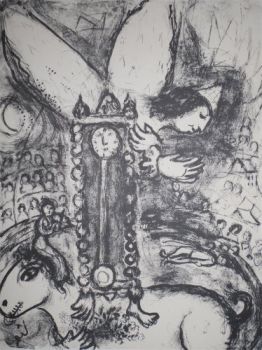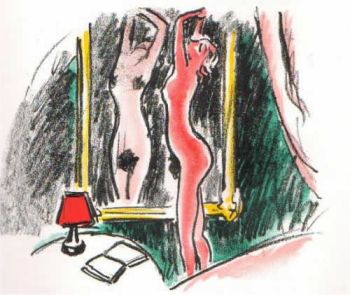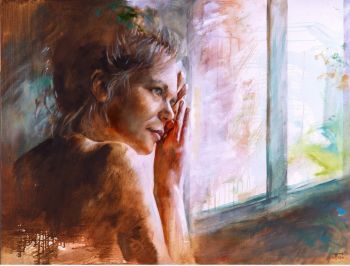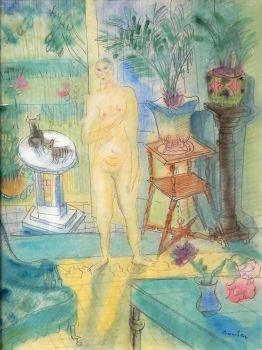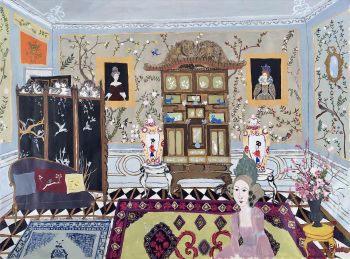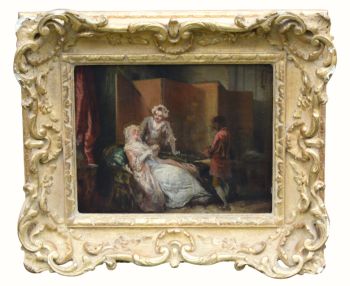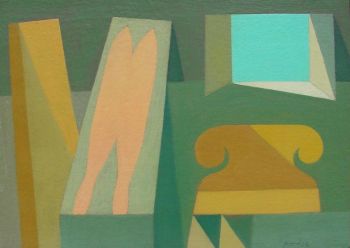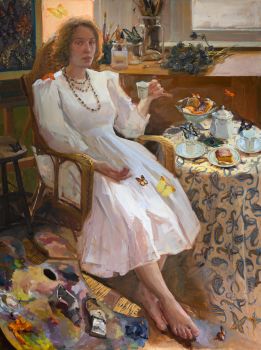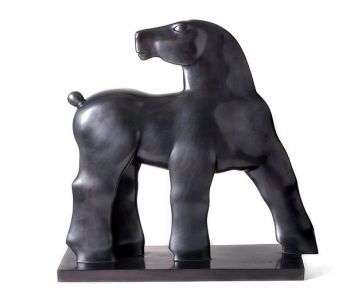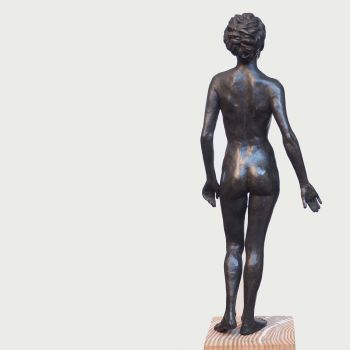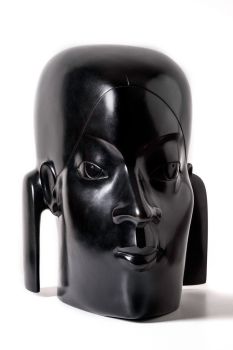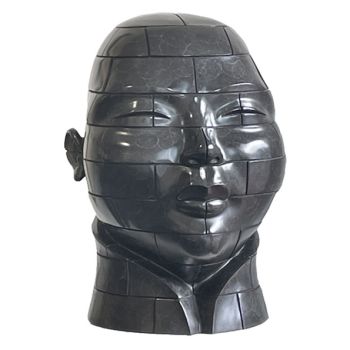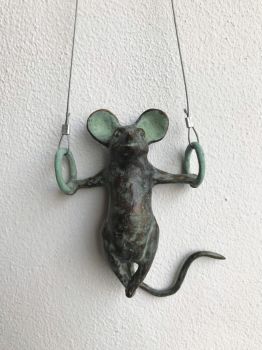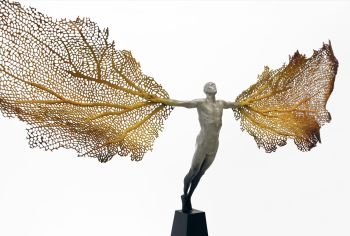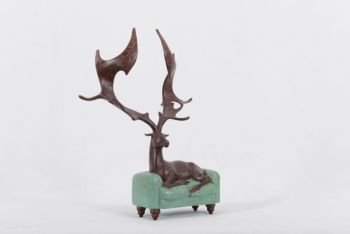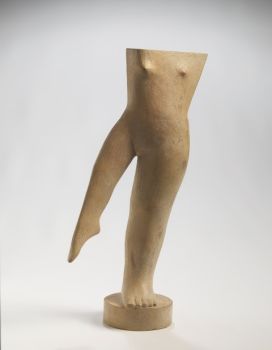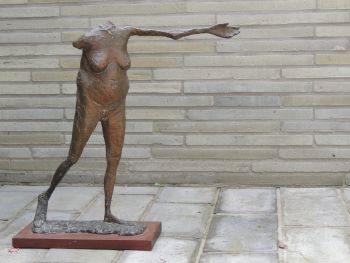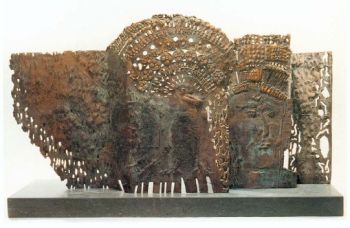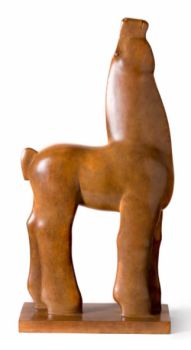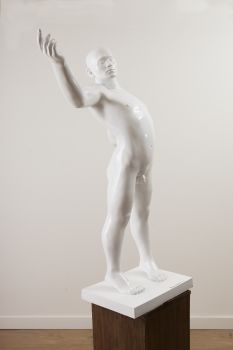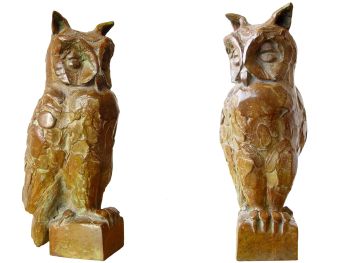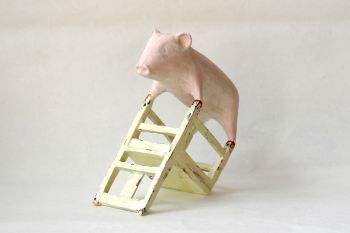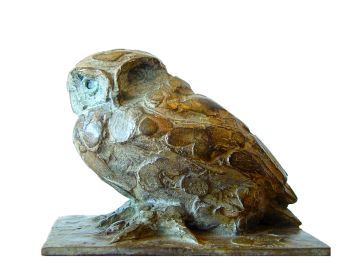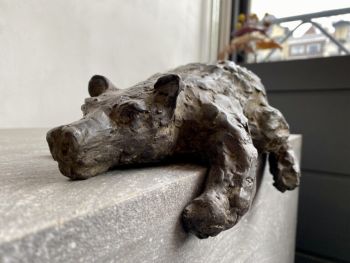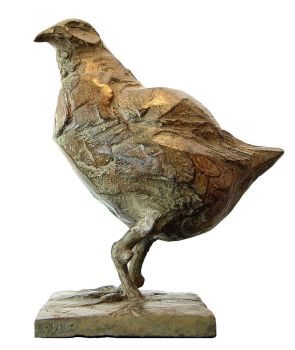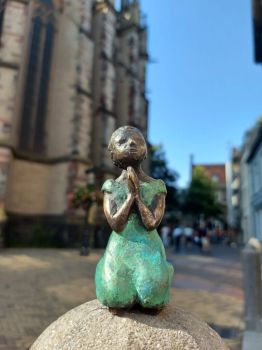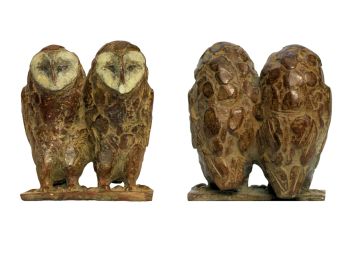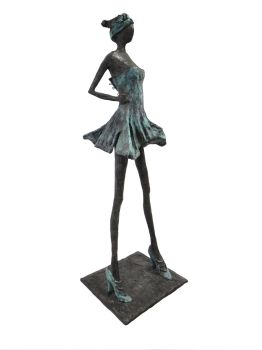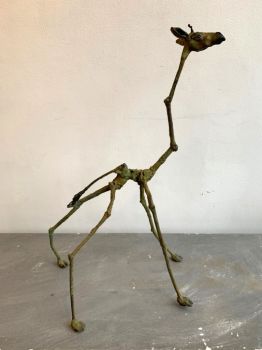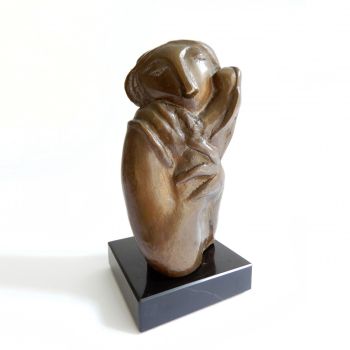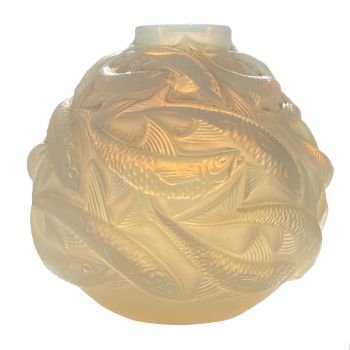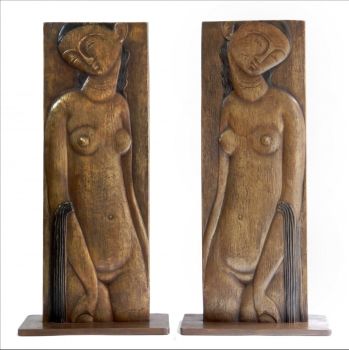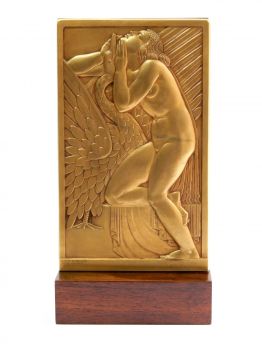Arturo Martini (1889-1947) "Bagnanti" 1946
Arturo Martini
BronsMetaal
29 ⨯ 15 ⨯ 14 cm
ConditionExcellent
Prijs op aanvraag
Dille Art
- Over kunstwerkBronze sculpture of two bathers, titled 'Bagnanti' in Italian, a work by the Italian artist Arturo Martini.
This sculpture is particularly known in ceramic form from 1946. A bronze 'Bagnanti' is highly exceptional; an example in bronze is also depicted in the 1966 catalogue raisonné.
The bronze sculpture is cast using the lost-wax method, hollow-cast, and has a brown patina. The sculpture is signed "Martini".
Biography:
Arturo Martini (Treviso, 1889-1947) was originally trained as a goldsmith and ceramist. From 1905, he decided to learn sculpture under the guidance of the sculptor Antonio Carlini. He immediately had the opportunity to exhibit his works. In 1908, he also studied sculpture under Urbano Nono at the Accademia di Belle Arti di Venezia in Venice. In 1909, he moved to Munich as a student of Adolf von Hildebrand, where he came into contact with expressionism. "La Puttana" was one of his first expressionist works.
He exhibited regularly, especially alongside the painter Gino Rossi, with whom he was also close friends. They also exhibited together in Paris at the "Salon d'Automne" (1912).
During World War I, Martini was employed in a munitions factory, where he also learned metal casting.
After the war, he broke with classical traditions and was drawn to Avant Gardism. In 1926, he joined the 'Novecento Italiano' movement.
In 1931, he participated in the Quadriennale di Roma and was awarded the 'Grand Prix' in sculpture. This led to government commissions for monuments and memorials, and in 1937 he created the famous large relief "Giustizia Corporativa" for the Palace of Justice in Milan, a work he later disowned. During this period, he focused more on painting and temporarily stopped sculpting altogether after 1941. In 1946, he created his last sculpture "Palinuro" or "Bozetto per Palinuro", a monument for a partisan who died young.
His work encompassed traditional figurative, classicist, expressionist, modernist, and avant-garde styles. His work and style also influenced other major Italian artists such as Marino Marini and Emilio Greco.
His work is highly regarded in Italy and internationally, and is part of several major museum collections. The Kröller-Müller Museum has a large sculpture by Arturo Martini in its permanent collection.
Provenance:
Private collection in Italy. The former owner had owned this bronze since the early 1960s and was active in the art world.
Literature:
"Arturo Martini, catalogo della sculture e della ceramiche", Guido Perocco. Edition Neri Pozza, Vicenza, 1966. Description on page 46, number 550, bronze image, figure 508. - Over kunstenaar
Arturo Martini (Treviso, 1889-1947) werd oorspronkelijk opgeleid als goudsmid en keramist. Vanaf 1905 besloot hij bij de beeldhouwer Antonio Carlini om te leren beeldhouwen. Hij kreeg meteen de kans om te exposeren. In 1908 ging hij ook beeldhouwkunst studeren bij Urbano Nono aan de Accademia di Belle Arti di Venezia in Venetië. In 1909 vertrok hij naar Munchen als leerling van Adolf von Hildebrand, waar hij in aanraking kwam met het expressionisme. "La Puttana" was ook één van zijn eerste expressionistische werken.
Hij exposeerde regelmatig, vooral met de schilder Gino Rossi samen, waar hij ook goed bevriend mee was. Ze exposeerden ook samen in Parijs op de Salon d'Automne" (1912).
Tijdens WOI werd Martini tewerkgesteld in een munitiefabriek waar hij ook leert metaalgieten.
Na de oorlog brak hij met de klassieke stromingen en werd gegrepen door het Avant Gardisme. Hij sloot zich in 1926 aan bij de beweging 'Novecento Italiano'.
In 1931 nam hij deel aan de Quadriennale di Roma en ontving de 'Grand prix' in de afdeling beeldhouwkunst. Hierdoor kreeg hij ook opdrachten van de overheid voor monumenten en gedenktekens en maakte hij in 1937 het beroemde grote reliëf "Giustizia Corporativa" voor het Paleis van justitie in Milaan. Een werk waar hij later niet meer achterstond.
Hij ging in die periode steeds meer schilderen en in 1939 stopte hij tijdelijk zelfs helemaal met beeldhouwen. Na 1941 maakte hij nog enkele beeldhouwwerken in opdracht. In 1946 ,maakt hij zijn laatste sculptuur 'Palinuro' of 'Bozetto per Palinuro', een monument voor een jonggestorven partizaan.Zijn werk was traditioneel figuratief, classicistisch, expressionistisch, modernistisch en avant gardistisch. Zijn werk en stijl beïnvloedde ook weer andere grote Italiaanse kunstenaars als Marino Marini en Emilio Grecco.
Zijn werk wordt in Italië, maar ook internationaal zeer gewaardeerd en maakt deel uit van diverse grote museumcollecties. Het Kröller-Moller museum heeft een grote sculptuur van Arturo Martini in hun permanente collectie.
Bent u geïnteresseerd om dit kunstwerk te kopen?
Artwork details
Related artworks
Marc Chagall
Adam et Eve Chasses du Paradis Terrestre1952 - 1980
Prijs op aanvraagArthouse Marc Chagall
1 - 4 / 24- 1 - 4 / 24
Jan Sluijters
Moeder met twee kinderen in badkamer1900 - 1950
Prijs op aanvraagStudio 2000 Art Gallery
1 - 4 / 24- 1 - 4 / 24
- 1 - 4 / 12

